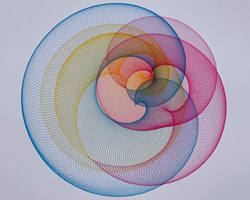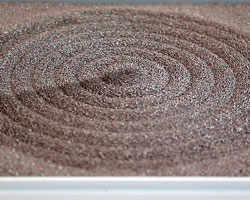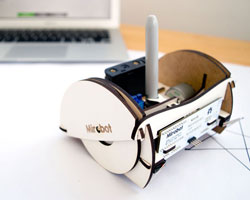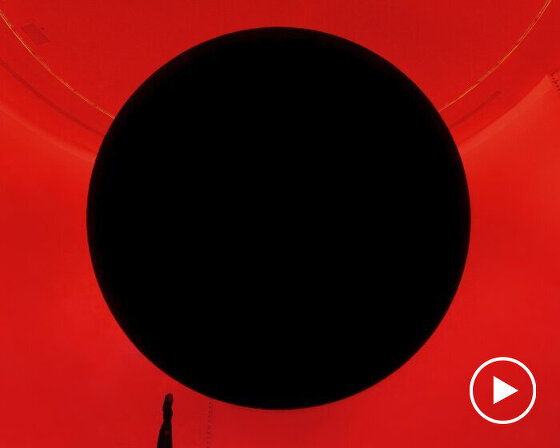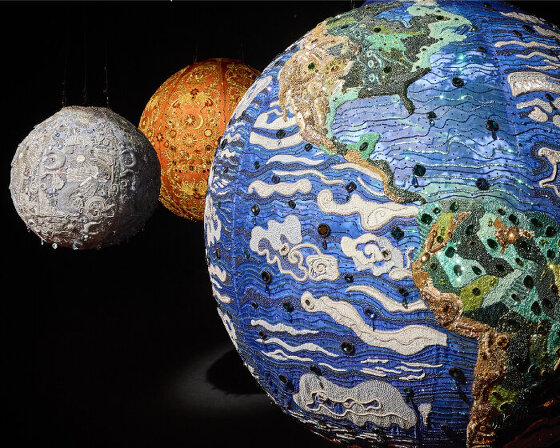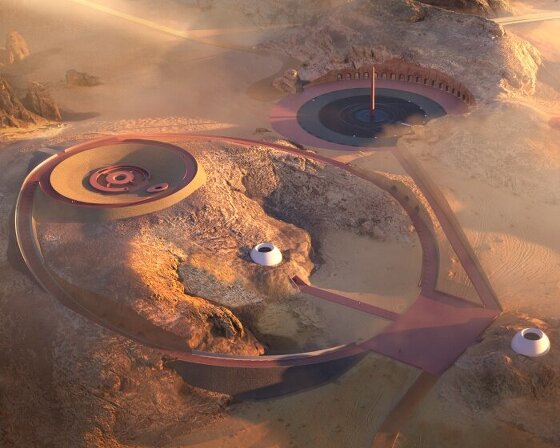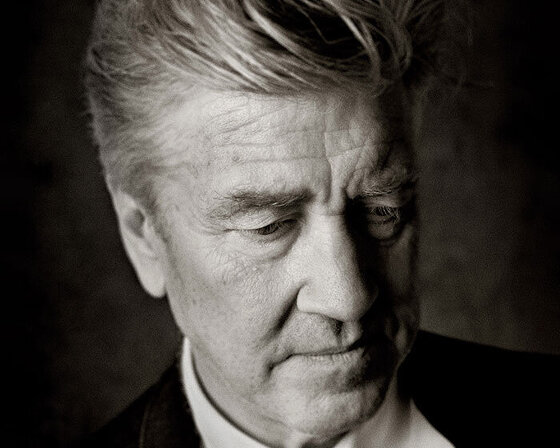left: ‘machine drawing drawing machines’ book frontispiece right: ‘a verie easie way to describe a towne or castle being within the full sight thereof’, john bate, 1634
in a project entitled, ‘machine drawing drawing machines‘, spatial artist and architecture professor pablo garcia programmed an industrial CNC unit to copy 12 historical images, effected by affixing an ink pen to the machine and laying stonehenge artist’s paper beneath.
the images were chosen specifically to represent moments of technological progress and promise from the past, including prints of robert hooke’s 1694 camera obscura and a profile-drawing machine, as well as ‘a verie easie way to describe a towne or castle being within the full sight thereof’.
madeline gannon (head of madlab computational architecture studio) provided technical assistance for the project, which was funded by the ferguson jacobs prize in architecture from carnegie mellon university. the prints of the series are produced in a limited 4-edition set.
video of the ‘CNC drawing machine’ in action
the designers reflect:
‘although CNC drawing is well trodden territory, this project carries poetic undertones in the ironic use of a highly specialized and powerful piece of manufacturing machinery to achieve a level of detail and accuracy that the last five centuries of drawing machines could only aspire towards.‘
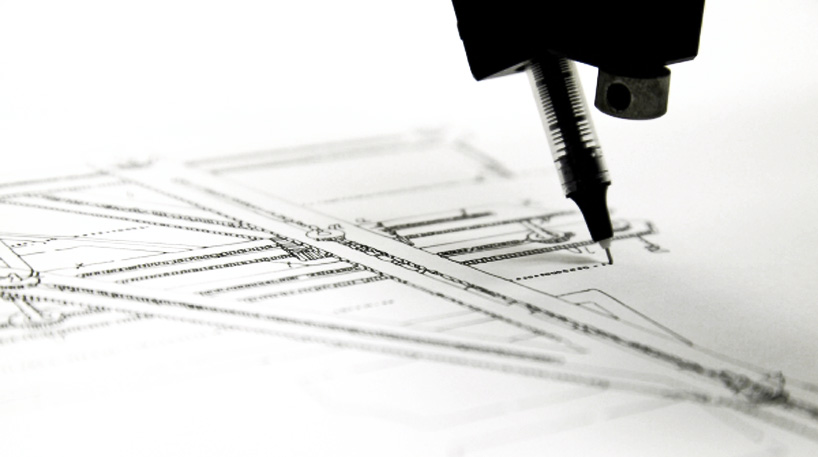 photo still of the ‘CNC drawing machine’ at work
photo still of the ‘CNC drawing machine’ at work
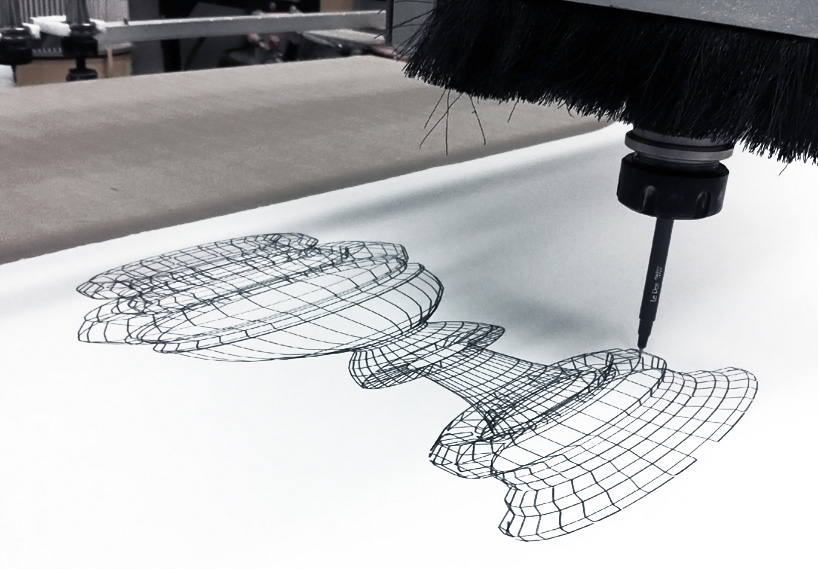 early testing, using paolo uccello’s 15th century ‘wireframe’ of a chalice
early testing, using paolo uccello’s 15th century ‘wireframe’ of a chalice
 left: ‘machine for anamorphosis’, jacob leupold, 1713 right: ‘pantograph’, christoph scheiner, 1608
left: ‘machine for anamorphosis’, jacob leupold, 1713 right: ‘pantograph’, christoph scheiner, 1608
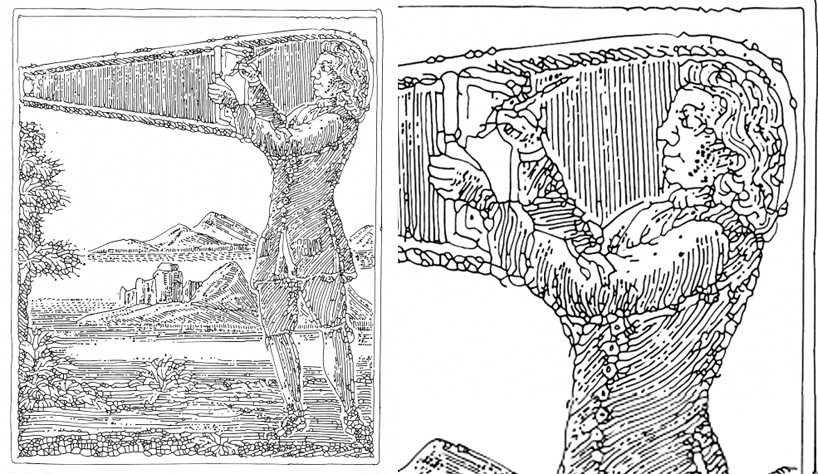 ‘portable ‘picture box’ (camera obscura)’, robert hooke, 1694 (full and detail views)
‘portable ‘picture box’ (camera obscura)’, robert hooke, 1694 (full and detail views)
 left: ‘machine for orthographic projection’, hans lencker, 1571 right: ‘perspectograph (perspective device)’, baldassare lanci, 1583
left: ‘machine for orthographic projection’, hans lencker, 1571 right: ‘perspectograph (perspective device)’, baldassare lanci, 1583
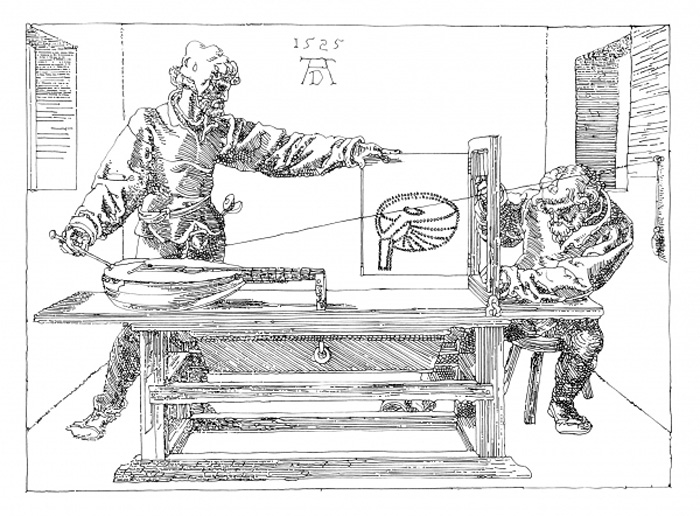 ‘dürer’s door’, albrecht dürer, 1525
‘dürer’s door’, albrecht dürer, 1525
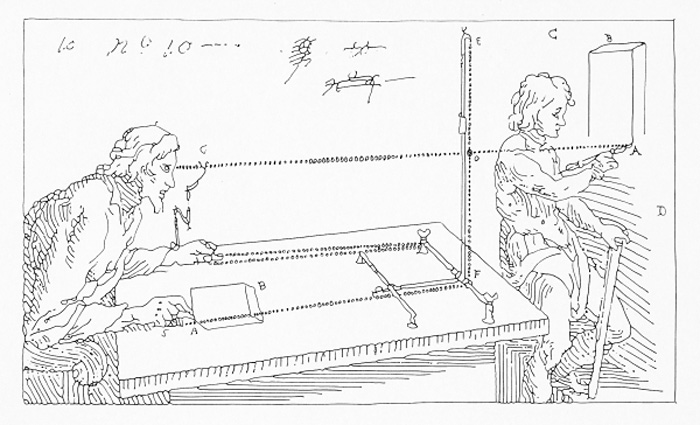 ‘projection device’, ludovico cigoli, 1600-13
‘projection device’, ludovico cigoli, 1600-13
via geek


